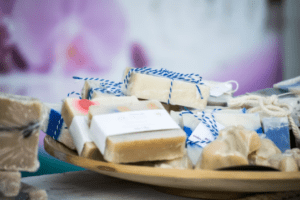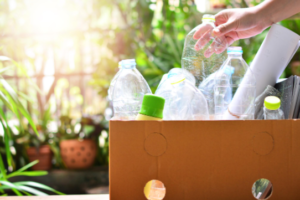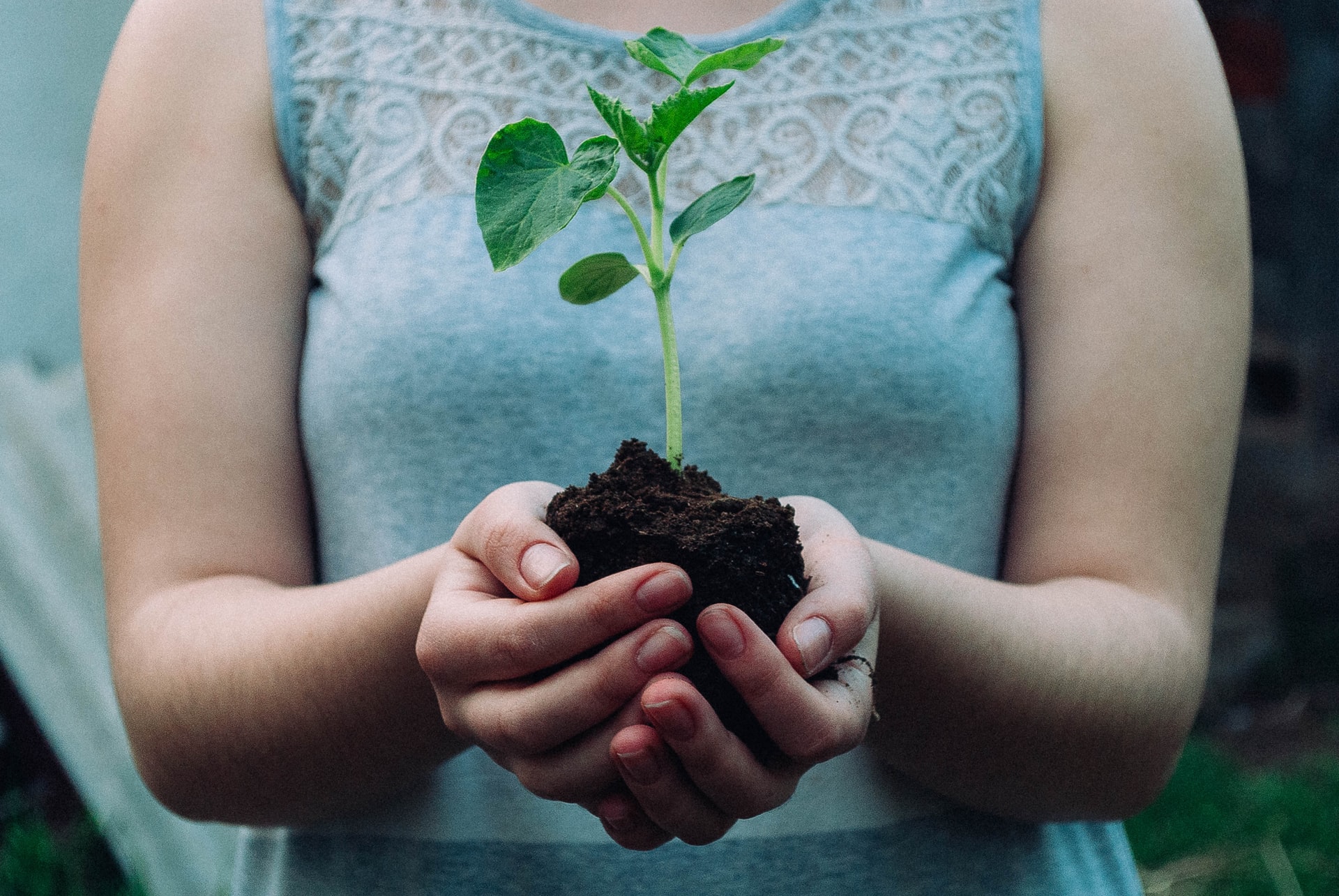While we have written much about sustainable travel tips, there are many things you can do at your home to lead a sustainable living. There are many benefits to living sustainably. You can make better choices at home for your environment, your bank account, and your health. Living sustainably means simplifying your daily life. That is the key to happiness. You may already know that recycling is a good idea. This is a good start. The Earth will continue to heat up if we don’t reduce our CO2 emissions. This will have devastating consequences for the environment, our fauna, and our health, as well as our well-being. Here are the simple tips you can use today.
Eat More Plants and Less Meat
 This is 3.3 tons for a meat lover. This is very similar to a return trip from Amsterdam-Singapore. You will be able to save lots of CO2 emissions each year if you don’t eat meat. It sounds simple, but it is not. You might think that vegetarian burgers made from milk and eggs are a good thing. Like the meat industry, the milk industry has negative impacts. Go vegan if you want the most significant sustainable impact. A vegan diet produces 1.5 tonnes of CO2 per person and a year.
This is 3.3 tons for a meat lover. This is very similar to a return trip from Amsterdam-Singapore. You will be able to save lots of CO2 emissions each year if you don’t eat meat. It sounds simple, but it is not. You might think that vegetarian burgers made from milk and eggs are a good thing. Like the meat industry, the milk industry has negative impacts. Go vegan if you want the most significant sustainable impact. A vegan diet produces 1.5 tonnes of CO2 per person and a year.
Choose Eco-Friendly Toiletries
 Non-organic cotton is used mainly for sanitary items. This crop is highly pesticide-intensive and can cause soil degradation. Farmers use large quantities of pesticides and fertilizers. Soil degradation, which reduces the soil’s ability to absorb carbon dioxide, increases global warming. All those sanitary items end up in landfills or the ocean. It’s time to make a difference. This is a topic most people don’t think about when trying to reduce plastic trash.
Non-organic cotton is used mainly for sanitary items. This crop is highly pesticide-intensive and can cause soil degradation. Farmers use large quantities of pesticides and fertilizers. Soil degradation, which reduces the soil’s ability to absorb carbon dioxide, increases global warming. All those sanitary items end up in landfills or the ocean. It’s time to make a difference. This is a topic most people don’t think about when trying to reduce plastic trash.
Every day, thousands of tampons and pads end up washed up on the beaches. It is time to switch to eco-friendly products such as washable period pants or menstrual cups. Many suncreams are high in harmful substances that can harm coral reefs and other marine life. These aren’t the only toxic substances for marine life. The problem is, most of the suncream that ends up in the ocean comes from famous beaches. It is a good idea to wear proper swimwear or a T-shirt to not apply as much sun cream to the water.
Reuse and Repurpose
 We must decrease our consumption. We must reuse and repurpose it in our daily lives. This can be achieved in many ways. You can reuse it by purchasing second-hand items at thrift shops or flea markets. Let’s take clothing as an example. Clothing is an example. An extension of clothing’s lifespan by three months reduces its carbon, water, and waste footprint by five to 10%. Think about the impact of wearing second-hand clothes for many more years.
We must decrease our consumption. We must reuse and repurpose it in our daily lives. This can be achieved in many ways. You can reuse it by purchasing second-hand items at thrift shops or flea markets. Let’s take clothing as an example. Clothing is an example. An extension of clothing’s lifespan by three months reduces its carbon, water, and waste footprint by five to 10%. Think about the impact of wearing second-hand clothes for many more years.
Think twice about what you do with items that you already own. Try to fix anything that is damaged. If it is beyond repair, you can give it another purpose. You can use a worn-out cotton shirt as a duster. You can use a pallet to make a planter. You can wrap gifts with a newspaper. It is essential to recycle and repurpose food leftovers. We waste resources when we throw food in the trash.

